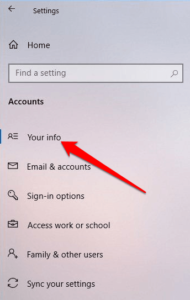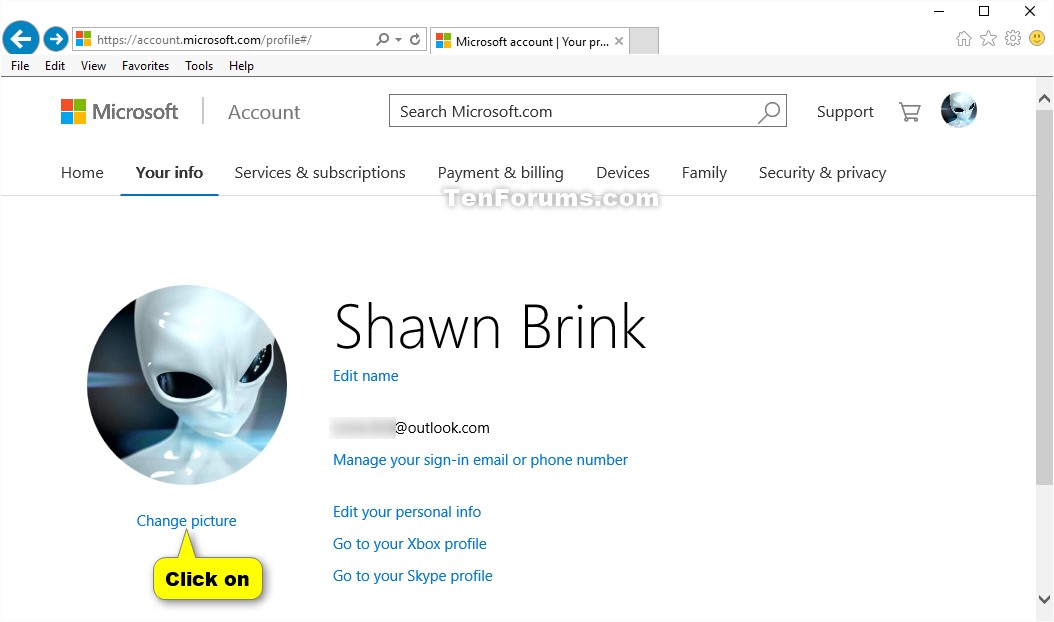

If you have signed in to your account, you can skip to the next step. Step 2: Click the User Profile icon in the top-right corner of the page, then sign in to with your Microsoft account and current password. Step 1: Go to the Microsoft Account page. Here is how to change your Microsoft account password: If you have forgotten the password, you will need to reset the password. The following guide tells you how to change Microsoft account password when you still remember the password. Read More How to Change Your Microsoft Password? There is a full guide in the following part. It is quite easy to make Microsoft account change password. If you are one of them, you should not worry too much about this issue. But some users reflect that they don’t know how to change Microsoft password on their devices. To protect your Microsoft account, you’d better change Microsoft account password regularly. It can make your work easier and more convenient. So, if you are a Windows user, you should have a Microsoft account. On the other hand, installing Windows 11 on your device also requires a Microsoft account. With your Microsoft account, you will be able to manage everything all in one device. If you use any of these services, you should already have a Microsoft account. When you sign in to your Microsoft account, you will have all access passes to these Microsoft services.

To help you change Microsoft password, MiniTool Software introduces a guide in this post. But some users don’t know how to do this. RELATED: All the Features That Require a Microsoft Account in Windows 10įor the most part it’s easy to prevent yourself from ending up with one account or another as you can easily choose which one you want when you initially install Windows or set Windows up for the first time after purchasing your PC.It is a good idea to change your Microsoft account password from time to time. While there are benefits to using a Microsoft account as your login (synchronization of files and browser history, for example) many people prefer to have their Windows login as a totally separate experience and entity from any online accounts they might have (Microsoft accounts included).


 0 kommentar(er)
0 kommentar(er)
